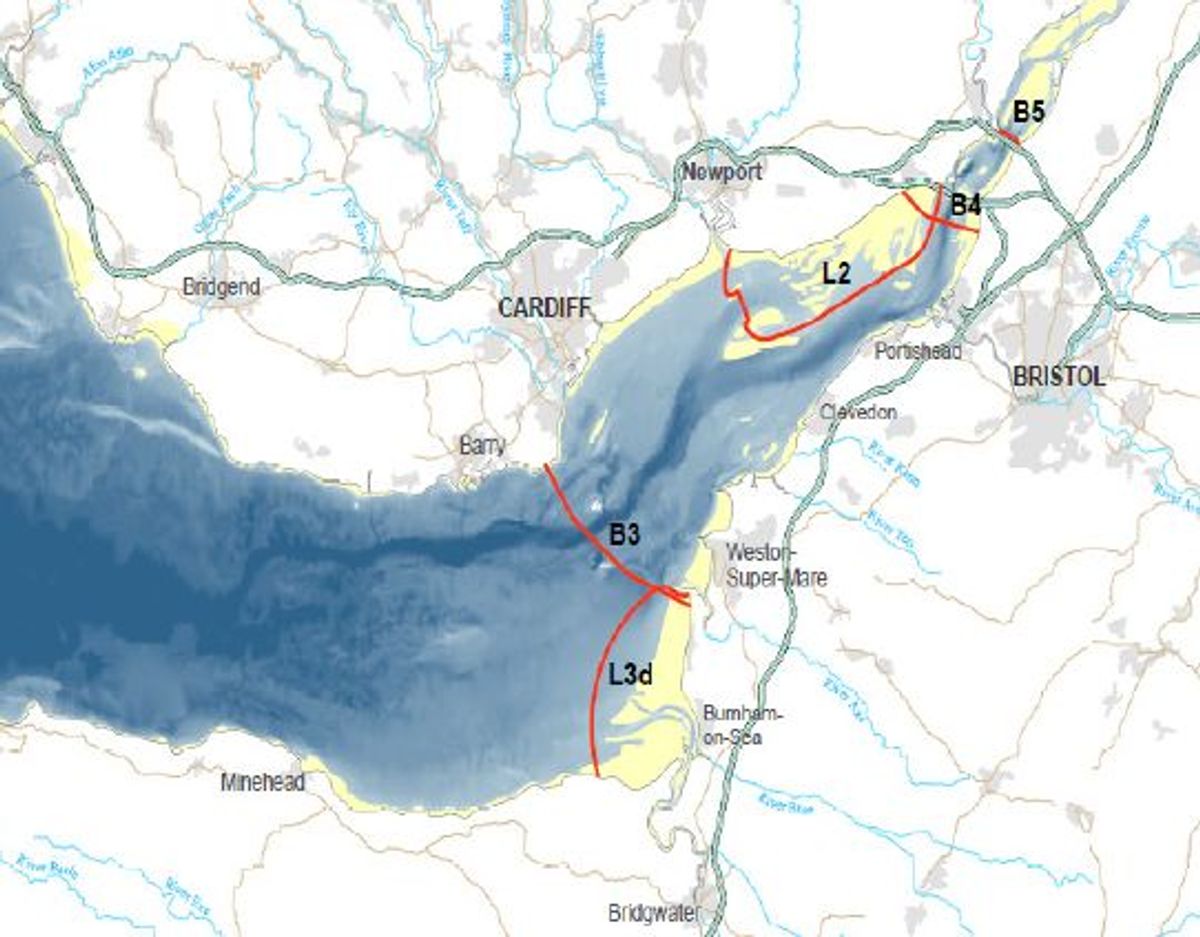The UK government has shelved schemes to build a tidal barrage across the Severn estuary, West of London, that could have supplied 5% of the UK's power needs. What reports are missing is the endurance of more nimble tidal turbines and other marine power generators -- distributed energy devices that the UK is helping to nurture.
But the government's Severn Tidal Power study published today found that the up-to-£34-billion cost would scare off investors. The most cost-effective scheme, it found, would cost nearly twice as much as offshore wind power per megawatt-hour of energy produced. “There is no strategic case at this time for public funding of a scheme to generate energy in the Severn estuary. Other low carbon options represent a better deal for taxpayers and consumers," says Chris Huhne, the UK's secretary of state for energy.
Barrages also -- for all their potential to generate carbon-free power -- stomp a large environmental footprint onto marine ecosystems. A barrage to yield power from the immense tides in Nova Scotia's Bay of Fundy, for example, would alter the tides as far south as Boston. The Royal Society for the Protection of Birds' Martin Harper, quoted in BusinessWeek, said today that the Severn project threatened to "destroy huge areas of estuary marsh and mudflats used by 69,000 birds each winter."
What BusinessWeek buried and others ignored (as in the BBC's story, Is this the end for UK tidal power?) is the investment that the UK is already making in more environmentally-benign tidal and wave power devices that generate electricity in open water. Site leases for several big wave and tidal power projects around Scotland's Orkney Islands were awarded this spring, concluding a two-year bidding process that elicited strong interest from major utilities and energy entrepreneurs.
As I reported in March for MIT's Technology Review magazine, those projects could collectively generate up to 1.2 gigawatts of renewable power. Yes, that's smaller than Severn proposals. But if realized it will represent an immense scaleup for an industry that so far has installed only a handful of small devices, starting it down the same cost-reduction curve that made wind power the fastest-growing power source.
Peter Fairley has been tracking energy technologies and their environmental implications globally for over two decades, charting engineering and policy innovations that could slash dependence on fossil fuels and the political forces fighting them. He has been a Contributing Editor with IEEE Spectrum since 2003.




